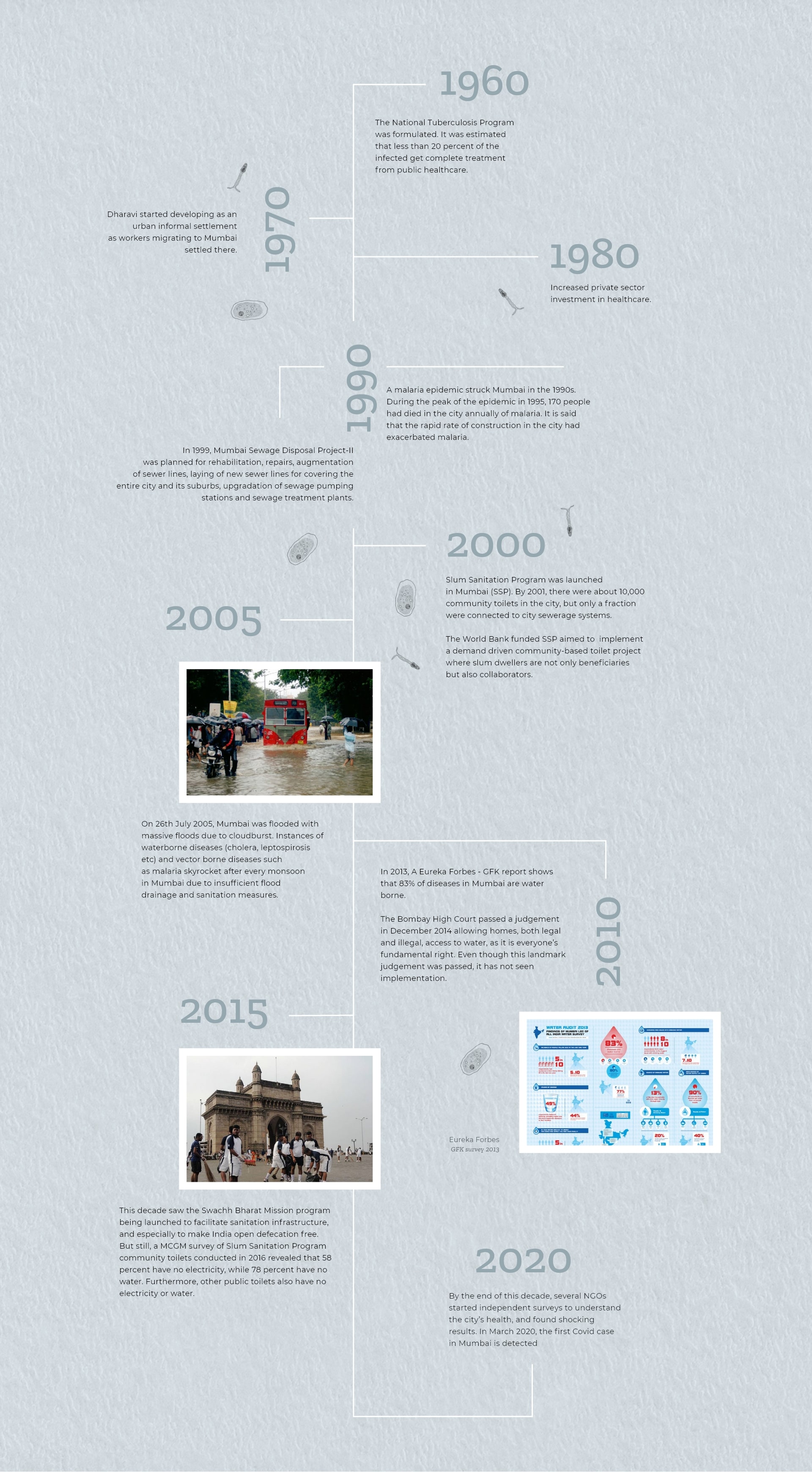GALLERY 06 | WATER AND PUBLIC HEALTH
EXHIBIT 01/02
A Fatal Course of History
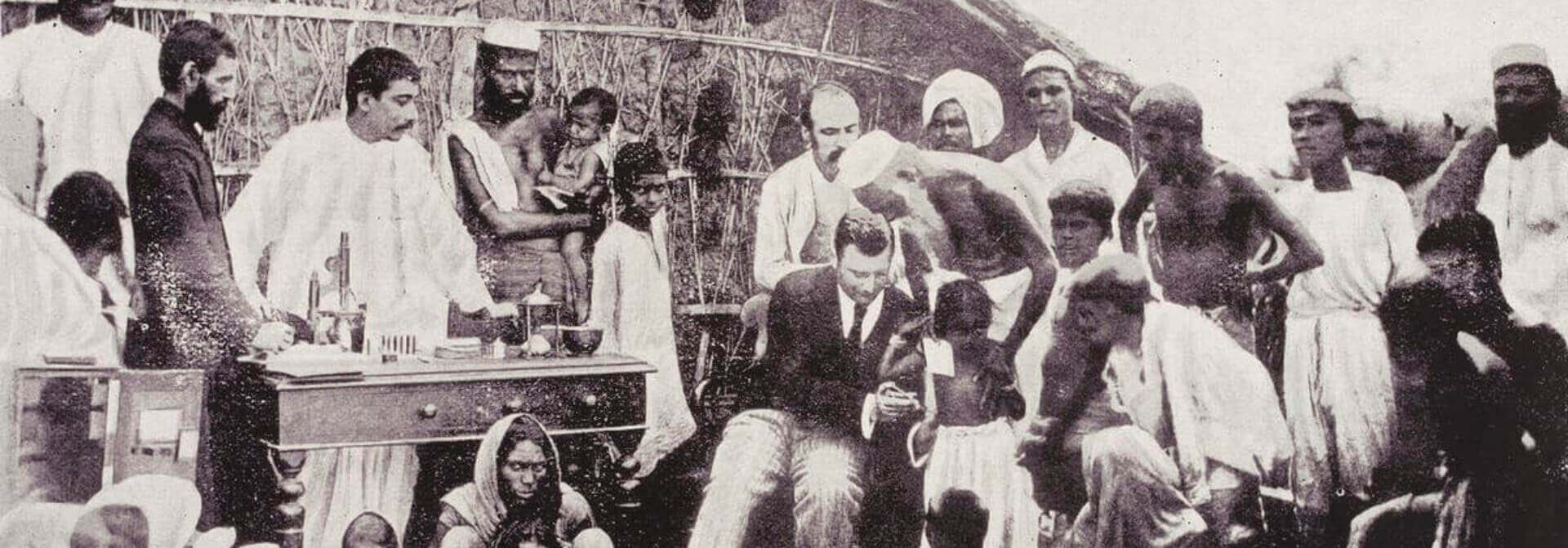
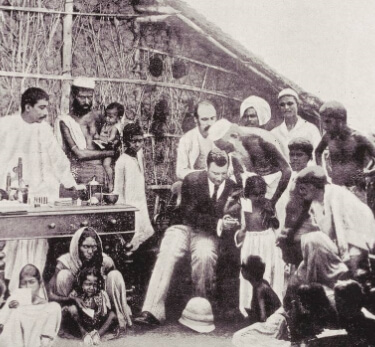


2020 has been a drastic year when access to water, especially for vulnerable communities, was further compounded by the Covid-19 pandemic. Bombay has seen several plagues and epidemics in the past, but what is often overlooked in the discourse on public health, is that many such diseases are waterborne. Furthermore, they are exacerbated by the lack of holistic infrastructure planning sensitive to the needs and priorities of the different communities that make up our Mumbai.
This timeline looks at the fatal course of history, charted by waterborne or water-related diseases, culminating in the crisis of 2020 and its implications for the future of our planetary health and wellbeing as a global community.
मुळातच कठीण असलेल्या २०२० वर्षात, असुरक्षित समाजाचा पाणी प्रश्न कोवीड-१९ च्या महामारीत अधिक तीव्रतेने समोर आला मुंबईत प्लेग आणि त्यासारखे अनेक साथीच्या रोगांचा पूर्वी प्रसार होत असे, पण सर्वांत महत्त्वाचे म्हणजे हे सगळे आजार दूषित पाण्यामुळे होतात हे लक्षात घ्यायला हवे. त्याहून महत्त्वाचे म्हणजे मुंबईला, मुंबई बनविणाऱ्या निरनिराळ्या समाजांच्या गरजा आणि पायाभूत सुविधांच्या सुनियोजनाचा अभाव या मुळे या साथीच्या आजारांचे स्वरूप अधिक तीव्र होते.
या प्रदर्शनातून आपण दूषित पाण्यामुळे निर्माण होणाऱ्या आणि प्रसार होणाऱ्या साथीच्या रोगांचा हानीकारक इतिहास ते २०२० च्या संकट काळाचा आढावा घेणार आहोत, आणि परिणामतः आपल्या वसुंधरेला अधिक निरोगी आणि जागतिक कुटुंबाचे कल्याण कशात आहे हे शोधण्याचा हा एक प्रयत्न आहे.

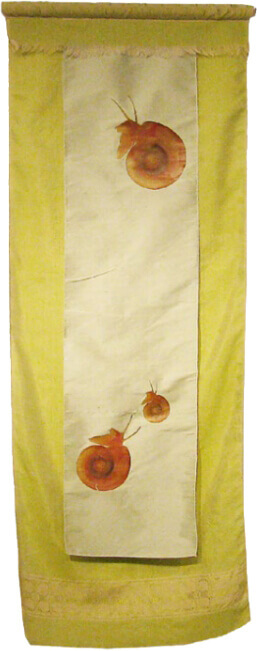

“ In 2008, I received a grant from the Chair of the Biology Department at the University of New Mexico to create a video documentary about Schistosomiasis, entitled, “Bilharzia Blues: An Integrated Artistic / Biological Approach to Schistosomiasis in Egypt, Ethiopia and Nepal.” The intermediate hosts for schistosoma flukes are snails, with each parasite attached to its own species of snail. Eggs hatch in freshwater, develop further inside the snails, and are then released back into the water where they invade humans through the skin. Infection of the liver is the most common cause of death.”

A time when noxious fumes were considered
to be God sent diseases, as an atonement
for crimes of men.
“Fecally contaminated water is responsible for most outbreaks
of cholera. The diseased patient often has severe vomiting and
white diarrhoea that is referred to as a “rice water stool,”
causing severe dehydration.
Cholera outbreaks sometimes occur after major disasters,
due to lack of sanitation and clean drinking water.Surviving
victims of an initial disaster are thus hit with a second wave of
destruction.”
“Fecally contaminated water is responsible for most outbreaks
of cholera. The diseased patient often has severe vomiting and
white diarrhoea that is referred to as a “rice water stool,”
causing severe dehydration.
Cholera outbreaks sometimes occur after major disasters,
due to lack of sanitation and clean drinking water.Surviving
victims of an initial disaster are thus hit with a second wave of
destruction.”
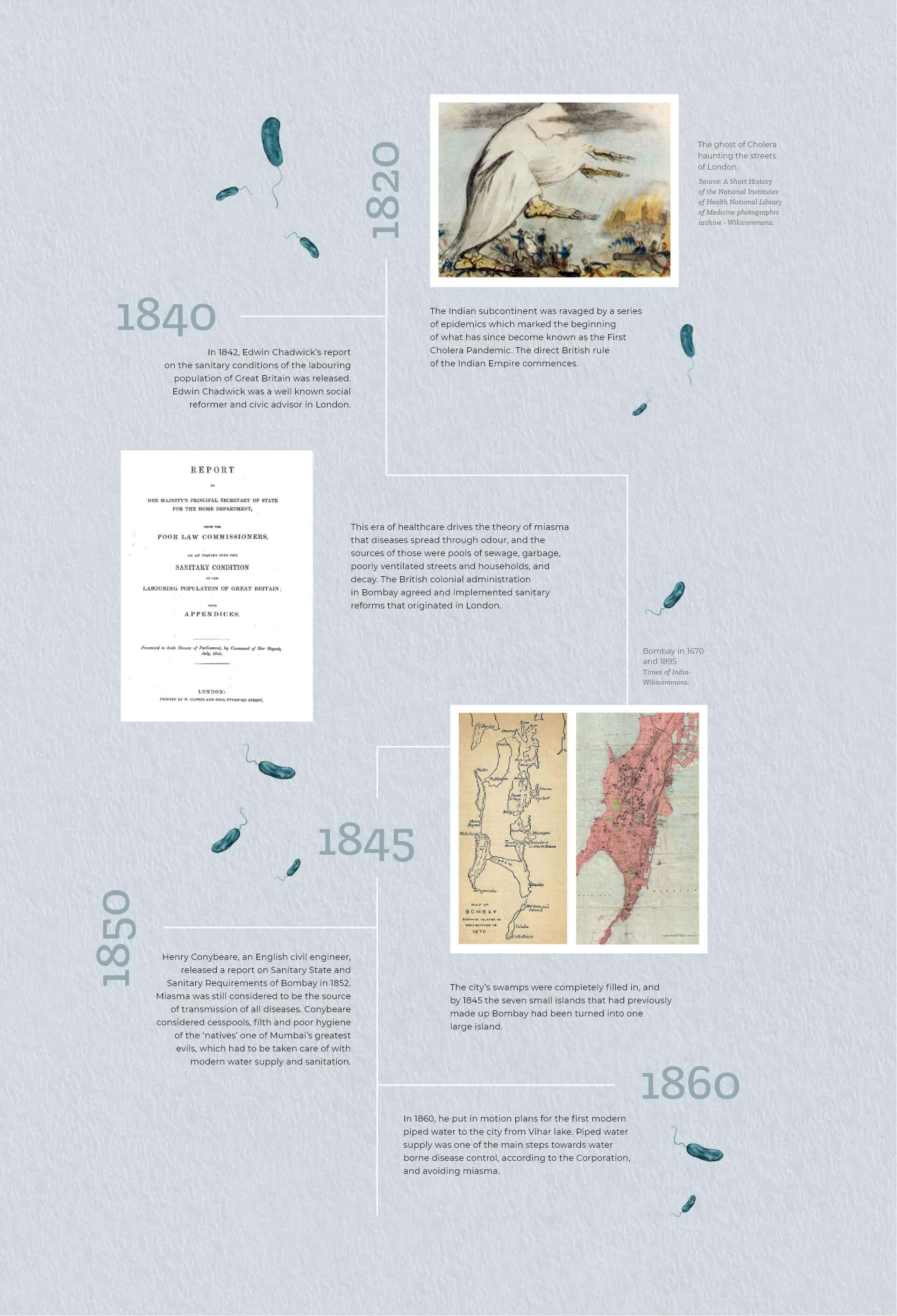

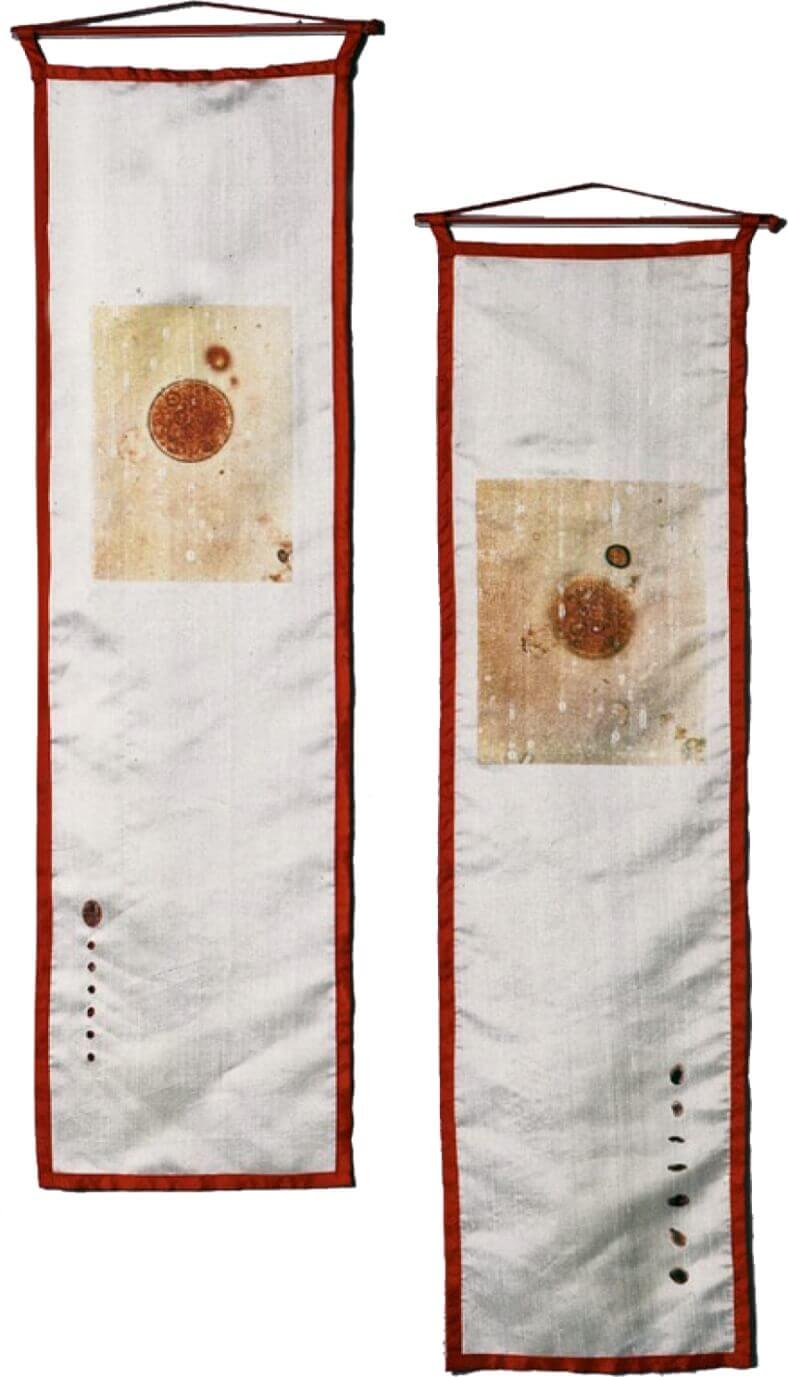
The first water pipelines and drainage systems are laid,
but diseases refuse to subside.
“What appears to be an orange planet with its moon comes into hazy focus as I press my right eye against the lens. A distant star seen through a telescope? No, a tiny bacterial pathogen, smeared across a glass slide. I am peering through a microscope into the minute world of Eschereria coli which usually infects its host through food or water containing contaminated feces. Many Es. coli bacteria are harmless and live in the intestines of healthy humans and animals, but the O157:H7 strain can be deadly.”
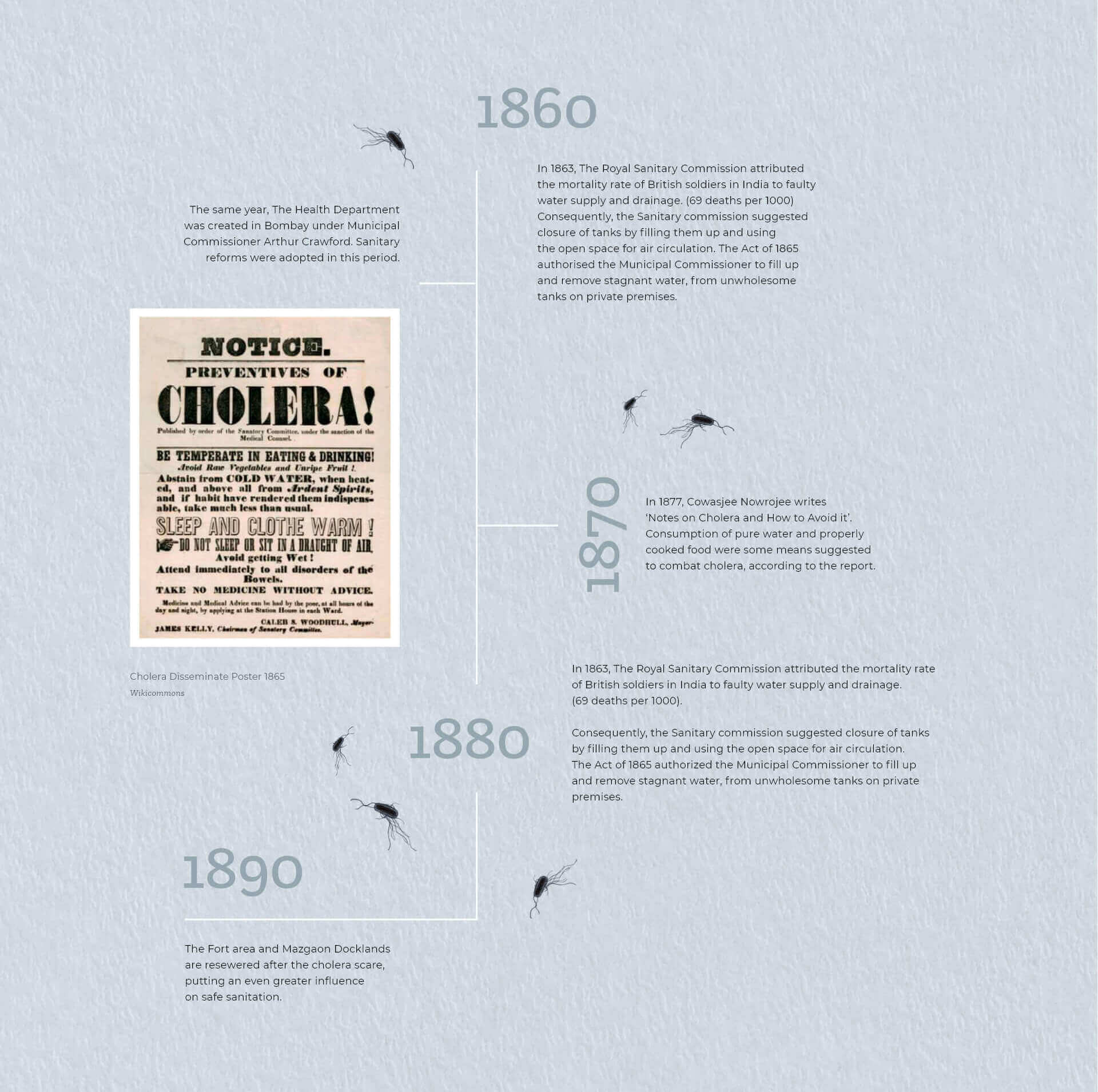


Bearing a chilling likeness to the present, a devastating epidemic brought the city to its knees, and the authorities took drastic measures.
“My investigation into waterborne diseases began when I was diagnosed with Giardia while in Indonesia on a Senior Fulbright Research Grant.
It is often referred to as “beaver fever,” because beavers can be carriers of the cysts that discharge
to infect people. I grew up camping in the mountains of Colorado, where we sometimes drank directly from mountain streams.
We would no longer consider this, even though
the cold, clear streams still look just as “clean.”
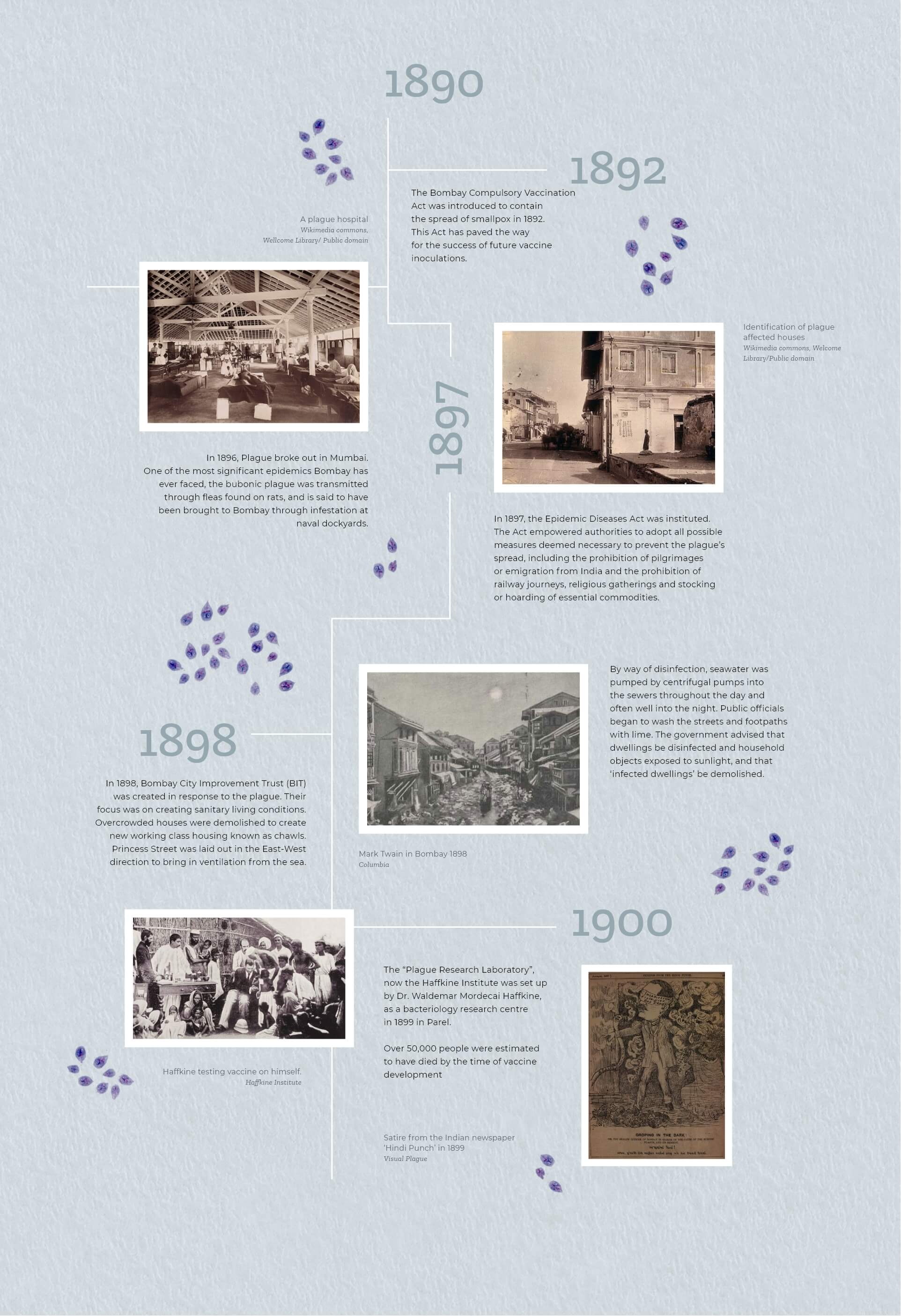


An age when humble vectors completely shifted the city’s
dependence from private sources of water to piped water.
“The roundworm Dracunculus medinensis is better known by the English name of “guinea worm.
The three-foot long female worm lives in the subcutaneous connective tissue just below the skin where its secretions eventually cause a blister to erupt, usually at the extremities of an arm or leg.
An infected person will often seek relief from the burning sensation by soaking in water as the worm emerges. Upon contact with water, the blister breaks open and the anterior end of the worm emerges to spew thousands of larvae into the water where they are eaten by copepods, and the cycle begins a new.
During a trip to India to visit Dr. Sara Ahmed, at the end of 2004, we visited many of the architecturally beautiful stepwells in Gujarat and Rajasthan, where I suspended and documented sari-silk scrolls with enlarged images of the guinea worm. These ancient water structures used to be one of India’s major sources of water, but now, partially due to this worm, the stepwells play only a minor role.
Because the process of infection cannot be seen, it is sometimes difficult for people to associate the disease with their water source.”
“The roundworm Dracunculus medinensis is better known by the English name of “guinea worm.
The three-foot long female worm lives in the subcutaneous connective tissue just below the skin where its secretions eventually cause a blister to erupt, usually at the extremities of an arm or leg.
An infected person will often seek relief from the burning sensation by soaking in water as the worm emerges. Upon contact with water, the blister breaks open and the anterior end of the worm emerges to spew thousands of larvae into the water where they are eaten by copepods, and the cycle begins a new.
During a trip to India to visit Dr. Sara Ahmed, at the end of 2004, we visited many of the architecturally beautiful stepwells in Gujarat and Rajasthan, where I suspended and documented sari-silk scrolls with enlarged images of the guinea worm. These ancient water structures used to be one of India’s major sources of water, but now, partially due to this worm, the stepwells play only a minor role.
Because the process of infection cannot be seen, it is sometimes difficult for people to associate the disease with their water source.”
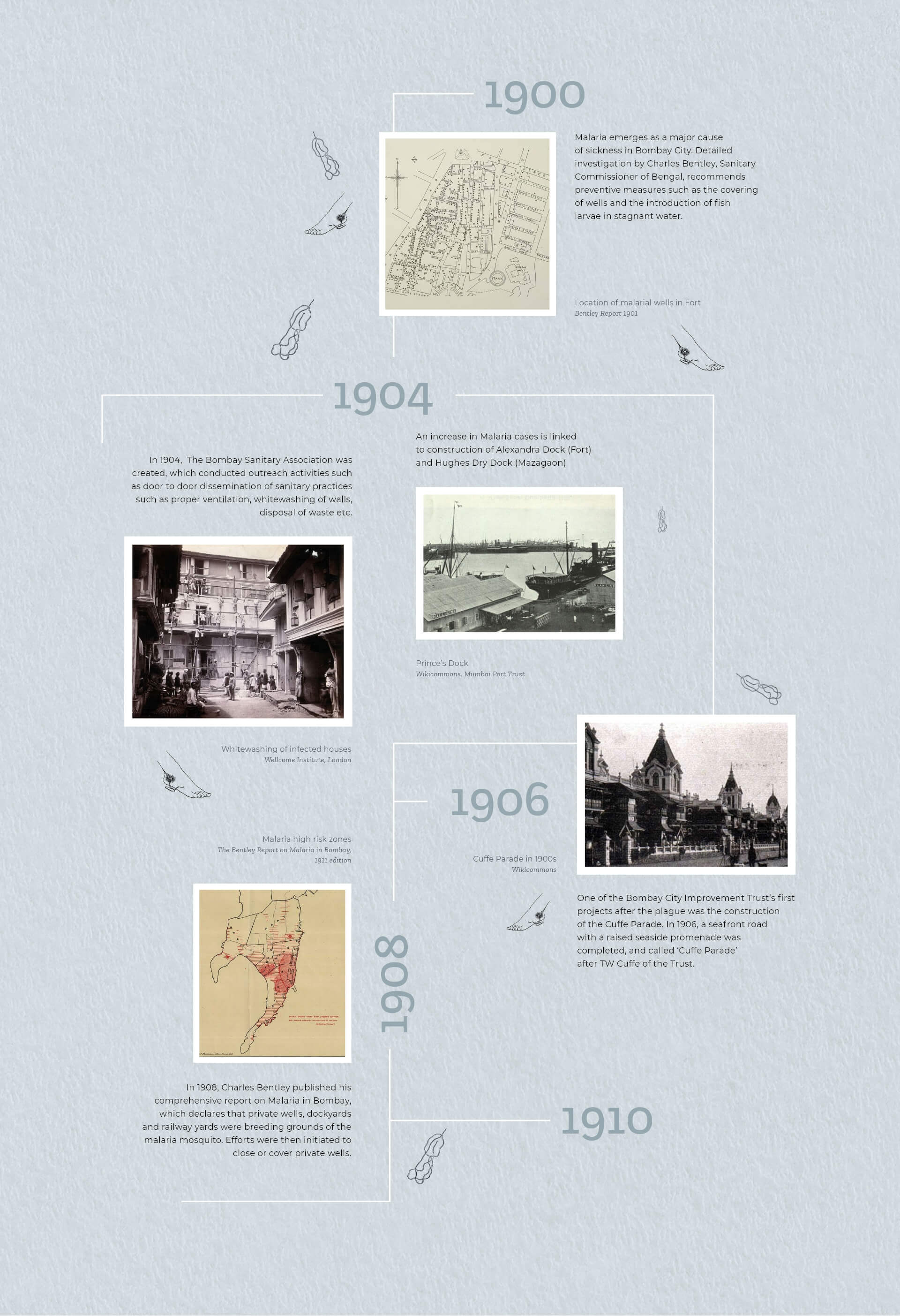


Another pandemic strikes, and the city gears
up to bring malaria under control
“Cryptosporidium parvum is usually found in the intestinal tract, although it can spread to the liver, lungs, pancreas, bile ducts, and gall bladder of immunocompromised patients. In healthy people, the gastrointestinal illness may disappear after one to two weeks of initial infection.”
“Cryptosporidium parvum is usually found in the intestinal tract, although it can spread to the liver, lungs, pancreas, bile ducts, and gall bladder of immunocompromised patients. In healthy people, the gastrointestinal illness may disappear after one to two weeks of initial infection.”
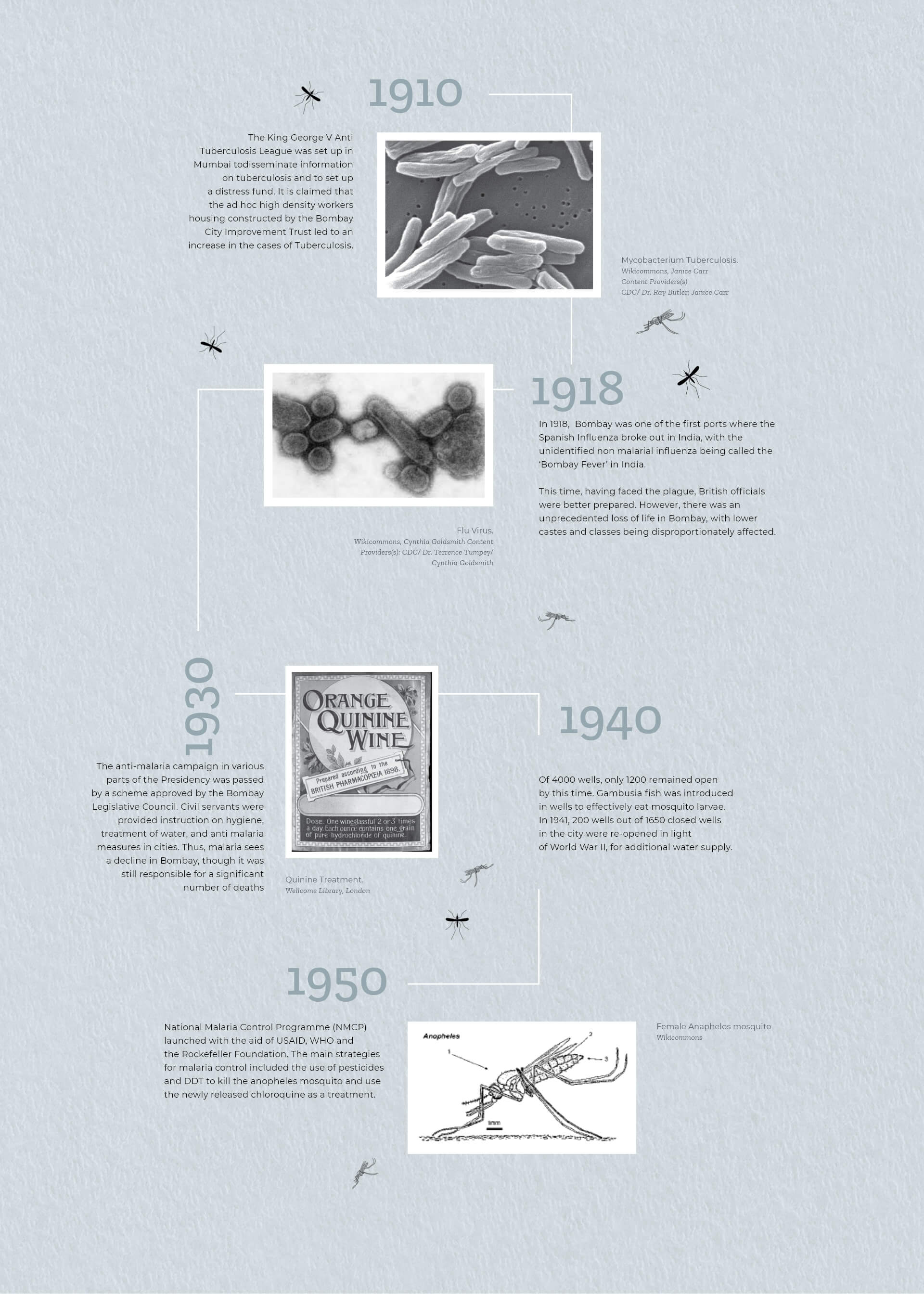

The country is independent, technology and investments
in healthcare soar, yet the city is woefully unprepared.
“This amoeba was discovered more than a century ago,
yet certain aspects of its biology remain a mystery. Like
other protozoan infections, Entamoeba histolytica is
often transmitted through ingestion of water (or food)
contaminated with cyst-containing feces.”
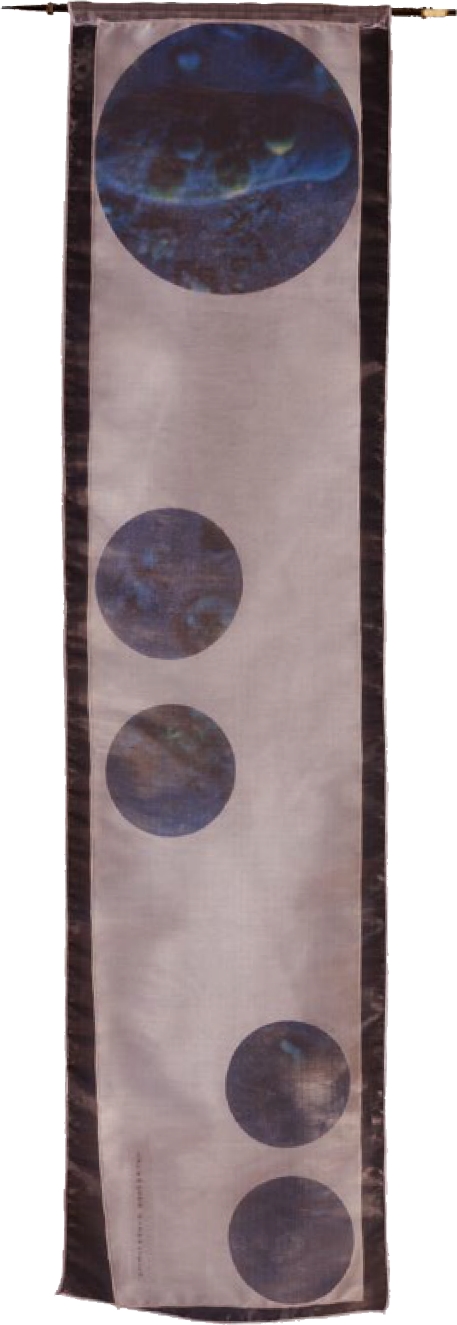
“This amoeba was discovered more than a century ago, yet certain aspects of its biology remain a mystery. Like other protozoan infections, Entamoeba histolytica is often transmitted through ingestion of water (or food) contaminated with cyst-containing feces.”
